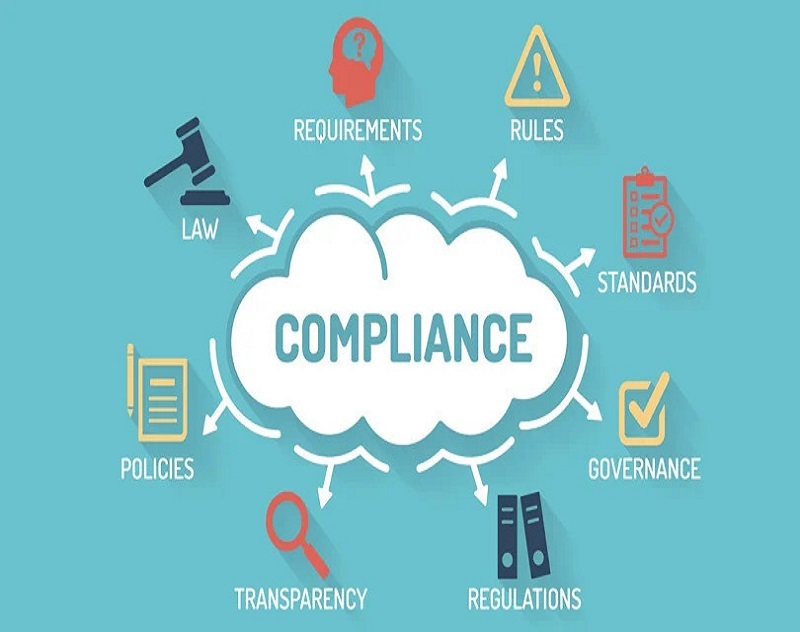In our digitally-dependent landscape, where cyber dangers and data breaches loom ominously, the imperative of fortified IT security policies cannot be emphasized enough. Serving as the cornerstone of organizational cybersecurity, these policies delineate guidelines, procedures, and optimal practices to mitigate risks and shield sensitive data. Yet, crafting comprehensive IT security policies from scratch can be a formidable endeavor. This is precisely where IT policy templates step in, furnishing organizations with invaluable resources to efficiently streamline their cybersecurity endeavors.

Understanding IT Security Policies
IT security policies represent a documented compendium of guidelines delineating rules, procedures, and responsibilities governing an organization’s information technology infrastructure. These policies encompass a spectrum of cybersecurity facets, spanning data protection, network security, access control, incident response, and compliance mandates. By instituting clear directives, IT security policies endeavor to minimize organizational exposure to potential threats while safeguarding the confidentiality, integrity, and accessibility of critical assets.
The Significance of IT Security Policies
Risk Mitigation: IT security policies serve as proactive tools to identify potential risks and vulnerabilities within an organization’s IT milieu. Through the implementation of appropriate controls and protocols, these policies mitigate the probability of security breaches and data compromises.
Compliance Imperatives: Numerous industries are subject to regulatory frameworks mandating rigorous cybersecurity protocols. IT security policies ensure organizational compliance with pertinent laws and standards, averting legal repercussions and financial liabilities.
Standardization: Consistent policies spanning all departments and operational realms foster uniformity in security practices. This standardized approach simplifies compliance oversight, facilitates employee training, and bolsters the overall security posture of the organization.

Resource Optimization: Well-crafted IT Policy Templates allocate resources judiciously by prioritizing critical assets and pinpointing areas necessitating heightened investment. This strategic allocation enhances the organization’s capacity to earmark budgetary allocations and manpower for cybersecurity initiatives.
Harnessing IT Policy Templates
Embarking on the creation of IT security policies from scratch can prove time-intensive and resource-draining. Fortunately, IT policy templates offer a pragmatic recourse for organizations seeking to establish or revamp their cybersecurity frameworks. Serving as customizable blueprints, these templates furnish a framework for crafting tailored policies aligned with the organization’s specific requisites and risk profile.











